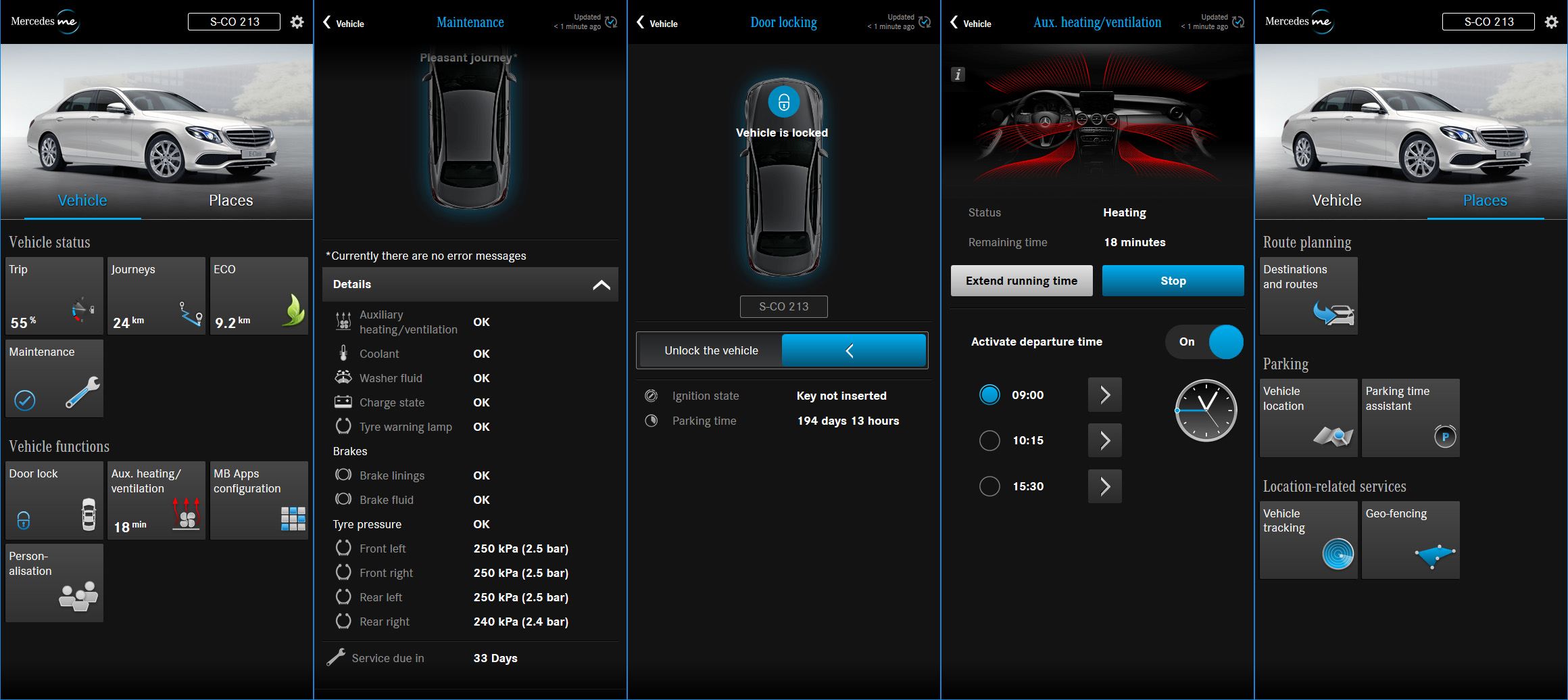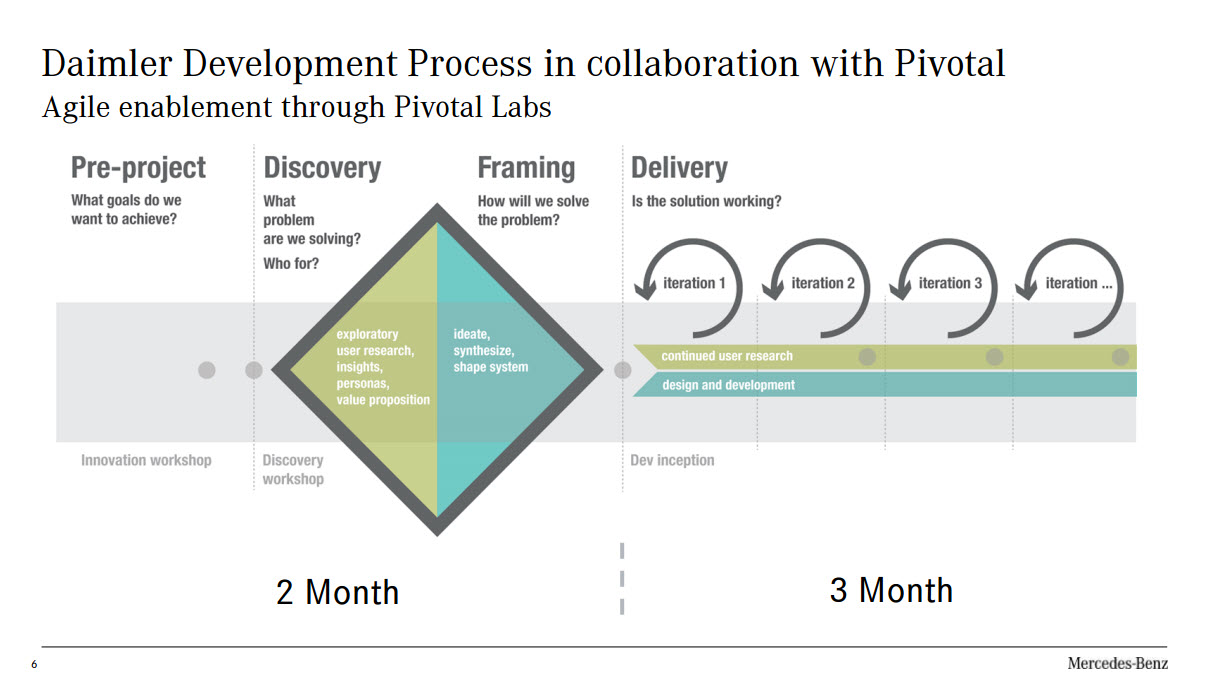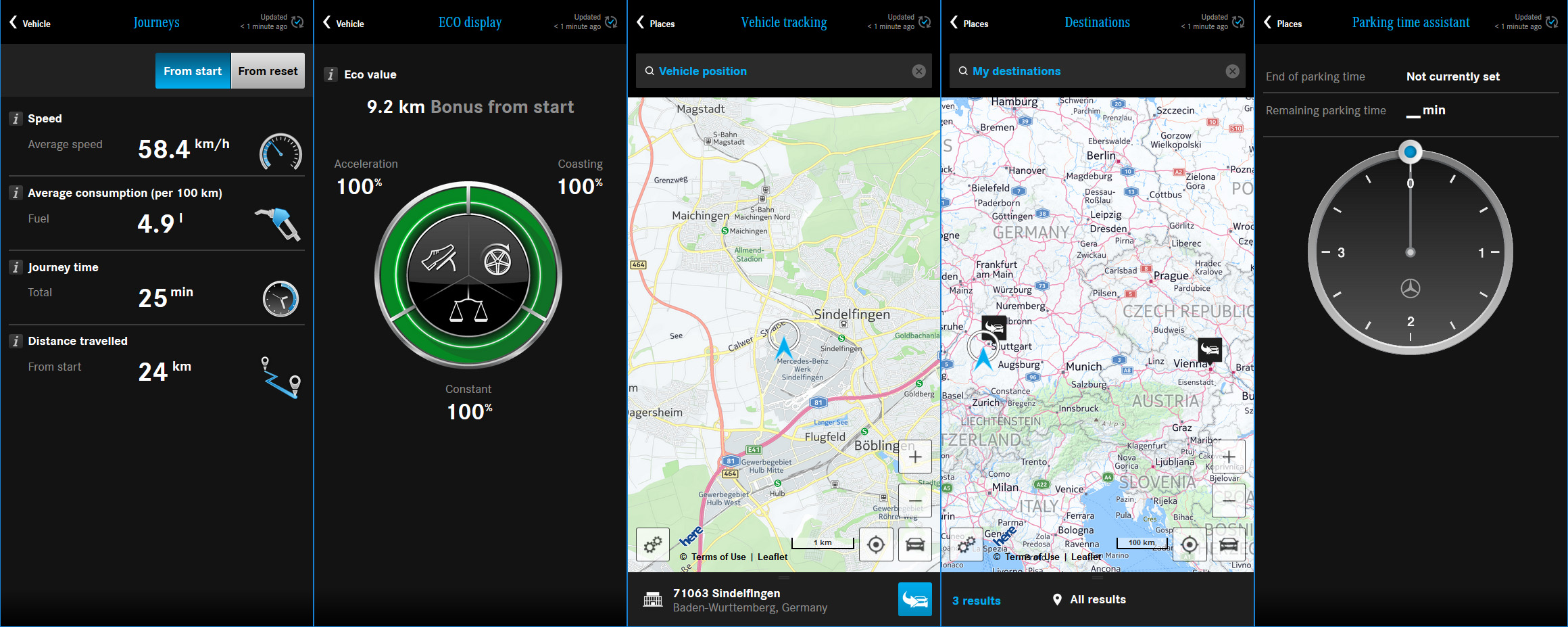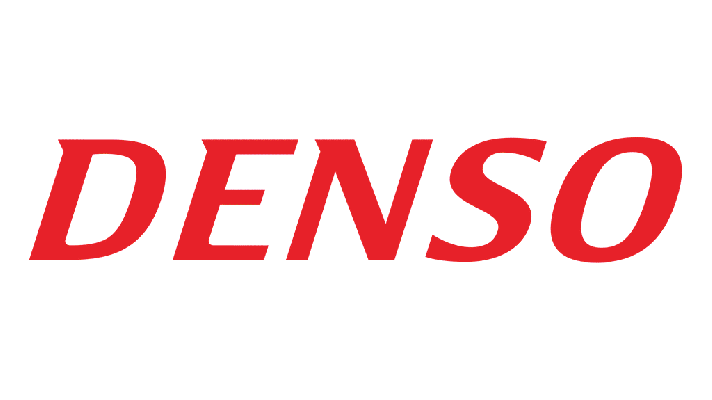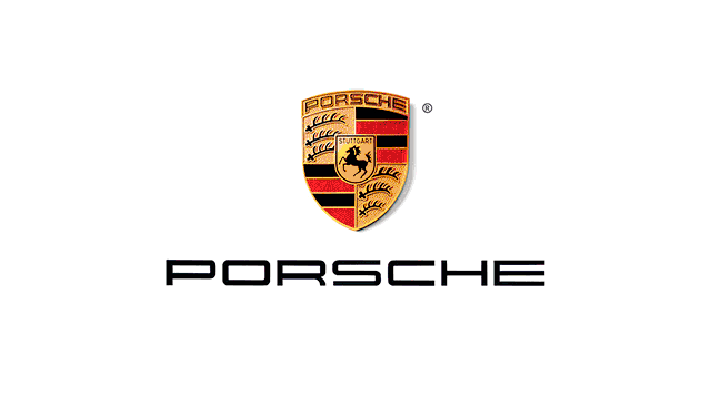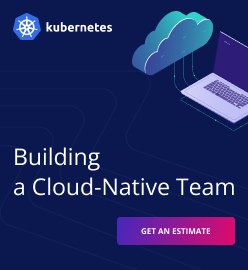A Car App in 6 Months: Mercedes-Benz / Daimler Gains Pace with Cloud Foundry
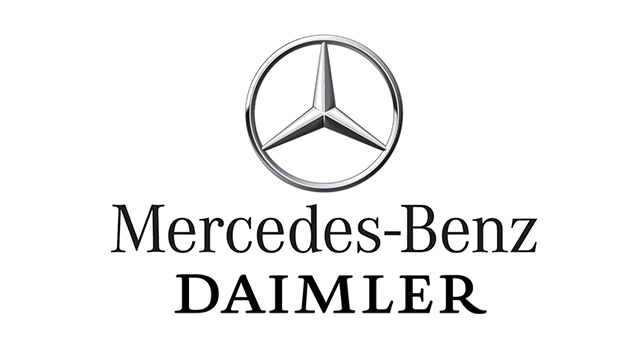
Accelerate iterations of the development process, integrating customer feedback for the Mercedes me app—which provides a connected-car experience.
The updated product was successfully launched in 2016. It took six months of work for the app to reach a stable release (MVP). Currently, it has over 100,000 downloads on Google Play.
• Have a hybrid approach: Agile and sprints combined with a mid-term and long-term vision.
• Decouple the processes from the surrounding world to avoid the need to depend on development cycles.
• Everyone in the organization should be involved with the development team and communicate often.
• Pair programming is absolutely necessary.
• Bug fixes should be seen as an opportunity for improvement.
Spring Boot, Java, Jenkins
Mercedes-Benz hopes that its app will lead the way to emission-free, self-driving, and connected vehicles by 2020.
Mercedes-Benz is a global automobile manufacturer best known for their luxury vehicles and is a division of the multi-national German corporation Daimler AG. Almost 280,000 employees worldwide work in Daimler, with 129,000+ in the Mercedes-Benz Cars subdivision alone.
Its founder, Karl Benz, invented the first petrol-powered car in 1886.
The goals of the project
There are four mega trends in today’s automotive industry: connectivity through Internet of Things (IoT), emergence of self-driving, development of emission-free initiatives, and evolution of flexible car usage models. All of the four are present in Daimler’s CASE growth strategy for 2020. (The acronym stands for Connected, Autonomous, Shared, and Electric.)
To this end, the German automobile manufacturer partnered with Pivotal to deliver a significantly updated version of the Mercedes me app—which was initially launched back in 2014. The app was built to provide drivers with a “connected” experience (such as car diagnostics or remote ignition) through a smartphone or Apple Watch.
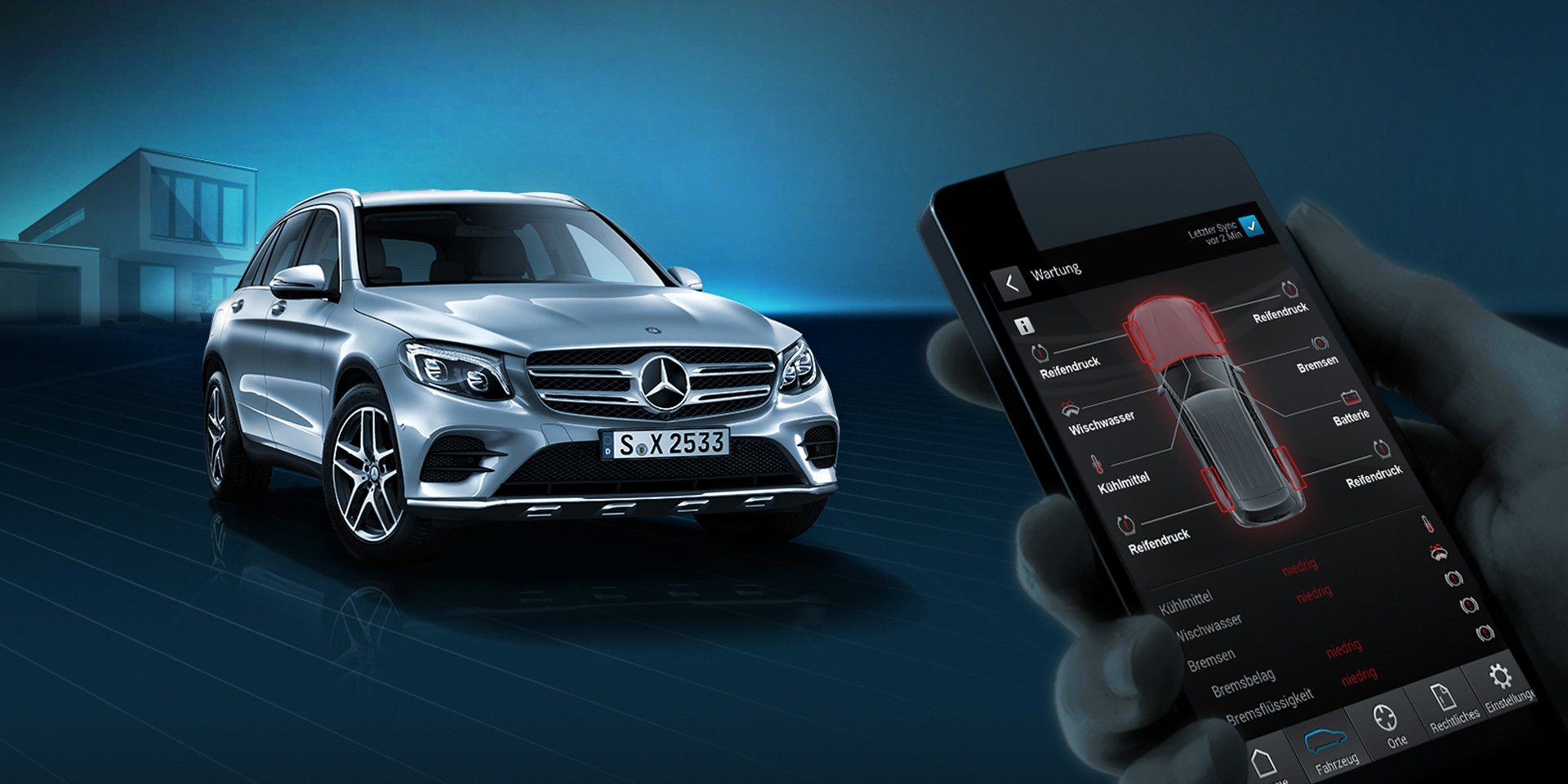 Image credit: Mercedes-Benz
Image credit: Mercedes-BenzDaimler wanted to take the Mercedes me service to the next level by focusing on a more customer-centric approach, being able to integrate user feedback in rapid development cycles.
“We wanted to build a connected car app for our customers…bringing up the newest technology to a luxury product.” —Manuel Birke, Mercedes-Benz
How the app works
The Mercedes me app is available on the Mercedes-Benz vehicles equipped with a relevant communication module. For cars without the built-in functionality, access can still be provided through a Mercedes me adapter. The app’s services are subdivided into five primary categories:
- Connect: provides details for diagnostics, remote online services, live traffic information, etc. One of the greatest features is remote parking, when a driver just steps out and watches how the car is being parked by the app. (Check out this video to see this in action.)
- Assist: helps with vehicle repairs, locating genuine parts, roadside assistance, and warranties.
- Finance: helps in car payment plans, leasing, and insurance.
- Inspire: a facility where new ideas for Mercedes-Benz can be developed and discovered.
- Move: shared driving through car2go and includes additional services, such as moovel, Blacklane, and mytaxi.
Through these services, customers gain access to connected driving. With Mercedes me connect, users are able to remotely connect to their cars and see information that will help with maintenance and diagnostics. They can also remotely control their cars though currently limited to functions, such as ignition, temperature, and locking / unlocking.
Pay as you go
As mentioned earlier, just like other automotive companies, Mercedes-Benz and Daimler have seen a new trend in the automotive industry—emergence of flexible car ownership models. Shared driving is the answer to a new business model, which caters to customers that need cars on a pay-per-use basis.
Mercedes me users can do exactly this via the app’s car2go service. With it, users can locate and book cars in serviced areas and are then charged by the minute.
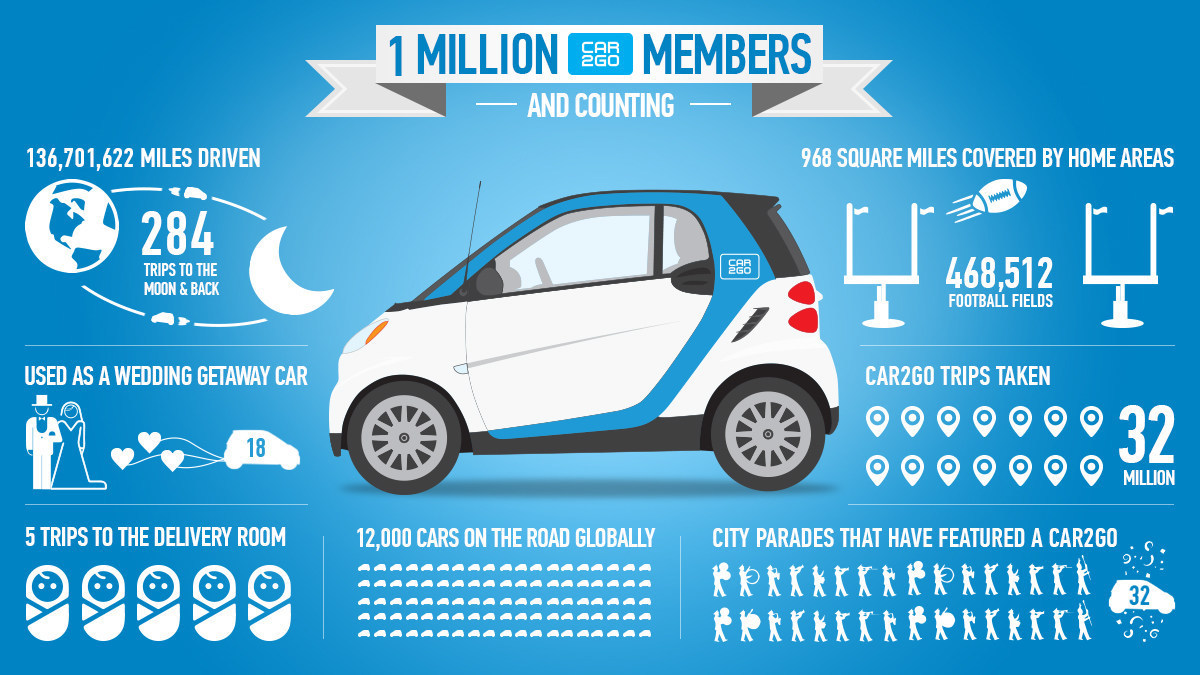 Image credit: car2go (a Daimler company)
Image credit: car2go (a Daimler company)
Iterative development
Daimler/Mercedes-Benz deployed the Pivotal’s distribution of the Cloud Foundry PaaS and designed a new workflow around the platform.
Manuel Birke, Engineering Manager at Mercedes-Benz R&D Team, explained how the development process was split into two parts. The first part was the “discovery and framing phase” where they got everything started. The second part was the “iterative approach” phase: from iteration to iteration, they created use cases that immediately got feedback from customers and user studies. That feedback then went directly into the use case.
Manuel emphasized the need for Mercedes-Benz to quickly react to customer feedback and how Cloud Foundry and the microservices paradigm makes this possible.
“With the microservices architecture, you have the foundation where you are free to choose whatever you want.” —Manuel Birke, Mercedes-Benz
Along with Pivotal Cloud Foundry, the development team made use of Jenkins for continuous integration and rapid delivery, as well as Spring Boot to add flexibility/scalability.
Lessons learned
In addition to the shortened development time, Mercedes-Benz and Daimler were able to learn how to adapt to the dynamic nature of Cloud Foundry. Some of their takeaways include:
- Make sure that everyone understands the mission, the value of the mission, and how they can participate in the mission. Everyone in the organization should be involved with the development team and communicate often. Have a mindset of losing and winning together.
- Have a hybrid approach. You need to be Agile and have regular sprints, but you also need to have a mid-term and long-term vision. In particular, a long-term vision of how the different parts of the program fit together is required.
- Make sure you can decouple the workflow from the surrounding world so you don’t need to depend on development cycles.
- Development plan needs to be agile and dynamic enough to adapt to various situations.
- Pair programming is absolutely necessary.
- Bug fixes should be seen as an opportunity for improvement.
Results and plans for the future
Relying on Pivotal Cloud Foundry, the minimum viable product was launched in six months. With a PaaS and microservices-based approach, Daimler can now quickly deliver updates based on customer feedback. Mercedes me already has over 100,000 downloads on Google Play alone.
It’s interesting to watch how the company is evolving on their digital path to self-driving and emission-free / electric vehicles. Mercedes-Benz’s new E-Class automobiles is the company’s answer to autonomous driving. As for electric driving, Mercedes-Benz has introduced the EQ brand and the adVANce initiative.
All of these go hand in hand with Daimler’s CASE strategy to have all their vehicles emission-free, connected, and have autonomous features by 2020. It’s really amazing that Cloud Foundry is helping to foster this great movement—however, obviously, there’s more than that to this platform. We hope to see that Daimler’s usage of this technology stack will go further and spread across other possible IoT scenarios.
Taking into account that Daimler is already cooperating with several Cloud Foundry Foundation members—Pivotal, Bosch, and IBM—there are chances that the company’s participation in the Cloud Foundry ecosystem will go deeper over time.
Want details? Watch the videos!
Table of contents
|
Related slides



